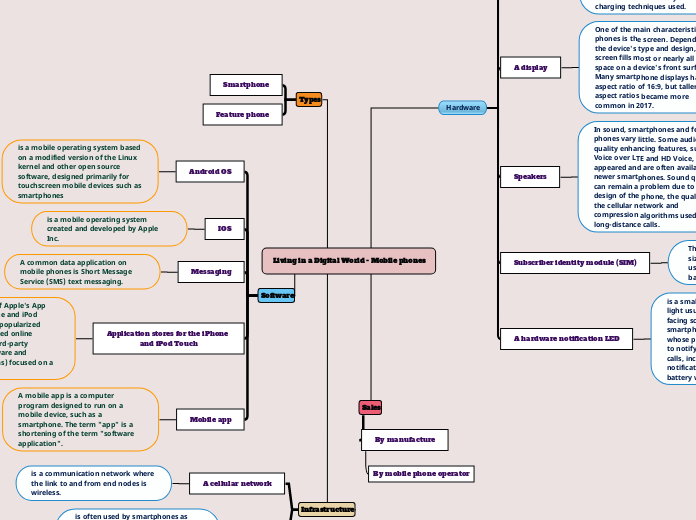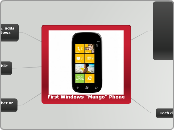によって Kanatbek Zhibek 3年前.
276
Living in a Digital World - Mobile phones
Modern smartphones come equipped with various hardware components designed to enhance user experience and functionality. A notable feature is the notification LED, which alerts users to missed calls, messages, and other notifications through blinking or pulsing lights.









